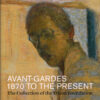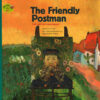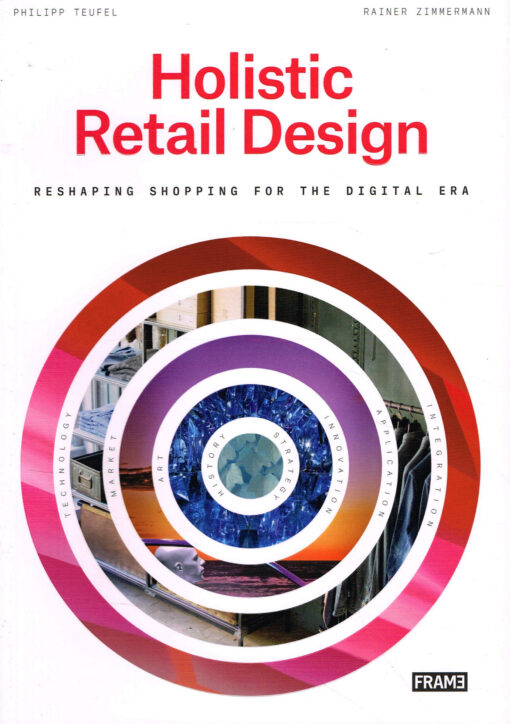Terug/Home/Webwinkel ramsj.nl /Kunst/Architectuur/Holistic Retail Design
Philip Teufel
Holistic Retail Design
Reshaping shopping for the digital era
€ 29,00 Oorspronkelijke prijs was: € 29,00.€ 12,50Huidige prijs is: € 12,50.
ISBN: 9789491727658.
Bindwijze:
pap
Taal:
EN
Uitgever:
Frame
Auteur:
Philip Teufel
Paginas:
400
Categorieën: Architectuur, Kunst.
‘Holistic Retail Design’ sets out a theory on the design of retail formats and shopping experiences. It introduces strategies in holistic constitution and the improvement of retail experiences across stationary, temporary, and digital customer touchpoints and intermediates between the consumer, the retail brand, and the products being offered. It features those strategies in a number of chapters and also includes international best practice cases.
Gerelateerde producten
geschiedenis
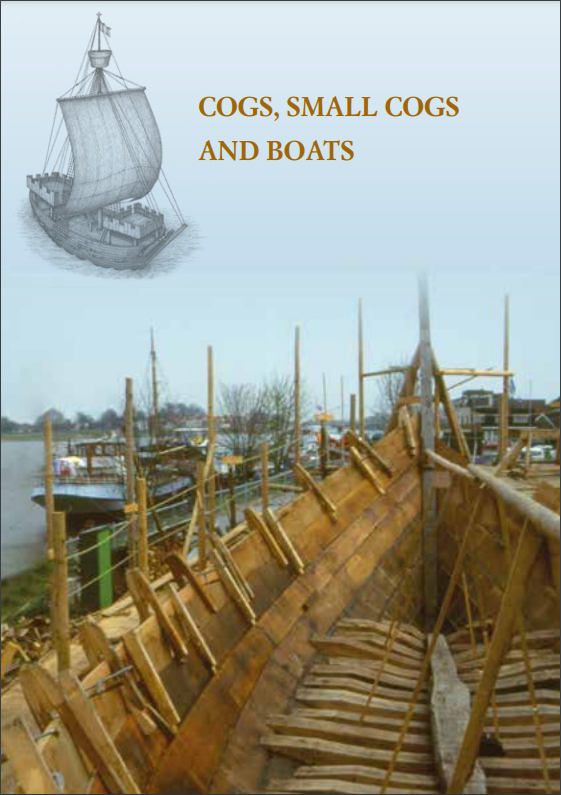
Karel Vlierman
Cogs, Small Cogs and Boats
From the thirteenth to the fifteenth century an important part of the economy in northwestern Europe was based on trade in the Hanseatic League. The main means of transport consisted of ships, mainly cogs. The importance of this type of ship was already apparent from medieval documents, miniatures, and other sources. However, until the mid-twentieth century, no material remains of such ships were known. Results from archaeological excavations of shipwrecks had to be awaited for greater clarity on the construction, technology and appearance of these ships. One of the world's largest collections of medieval shipwrecks emerged after the Second World War during the partial reclamation of the IJsselmeer lake (the former Zuiderzee inlet) in the Netherlands, where three polders were created from 1942 onwards. During these works, hundreds of shipwrecks from the period between 1250 and 1900 were discovered, about twenty of these being cogs. The first cog was excavated in 1944. The famed cog, with its remarkable construction and the ingenious manner in which the seams between the planks were made watertight using moss, laths and iron clamps, clearly demanded an in-depth study. The Netherlands were an ideal place to start, as more than half of all the cog wrecks in Europe have been found, (partially) excavated and studied in the Netherlands. Maritime archaeologist Karel Vlierman has excavated shipwrecks all his working life. He dedicated himself to the research of these ships, including two cogs found at Doel near Antwerp and the recently uncovered cog from the river IJssel near Kampen. His research of more than twenty years has resulted in a monograph of 996 illustrated pages, together with some 70 large technical drawings of all the investigated cogs and their reconstructions. The monograph (in two volumes) and the folder with the 70 technical drawings -in A0, A1 and A2 format- together come in a fine slipcase. Karel Vlierman explains the shipbuilding tradition of the Hanseatic period in detail and clarifies the differences between the cog and, for example, the 'nef' of the southern North Sea, which belongs to the Nordic or Scandinavian tradition. Based on the finds excavated at Kampen, he considers it very likely that a shipyard was located there in the late thirteenth and early fourteenth century. The largest piece of woollen sail ever excavated was discovered at Kampen. Hundreds of typical iron clamps too were found, some of them unused, suggesting a blacksmith's workshop specifically dedicated to producing them. Ships could be hauled out from the water and, after repairs, sail to the Zuiderzee via the IJssel. This is the first cog shipyard ever to be discovered in the Netherlands. Until the 'IJssel cog' was discovered and excavated near Kampen, the so-called 'Nijkerk-II' was the best-preserved known cog. The analysis of this cog was the starting point for this study, together with the experience gained during the construction of a replica of it, the so-called Kamper Kogge (Kampen Cog). It gradually became clear that there had been a tradition of cog building. Through studying and drawing all the cog wrecks, it was possible to make reconstruction drawings of many of them, with the benefit of evidence already obtained from other wrecks. This voluminous and impressive book will set the standard for publications on maritime archaeology for decades to come, as it is the landmark handbook for the way in which shipwrecks should be documented, described, and reconstructed. The detailed manner in which the technical drawings have been created makes it possible to construct virtual 3D models. The vectorised drawings are of a very high quality and are available digitally. In addition, Karel Vlierman created about twenty artists&; impressions of the cogs as they must have looked during operation and of life on board. These not only appear in a large format in the book but are also available as postcards and posters. This will be the standard work on cogs, the first of its kind to be published, with the size and scope of the study unequaled in any area of maritime archaeology. The famous publication on the sixteenth-century ship Mary Rose comes close but is about a single ship only. The present book on cogs covers the entire spectrum of these vessels, from seagoing ships to boats and barges plying the inland waterways and even a possible military cog for army transport. SPA uitgeversgeb - 996 blz
kunst
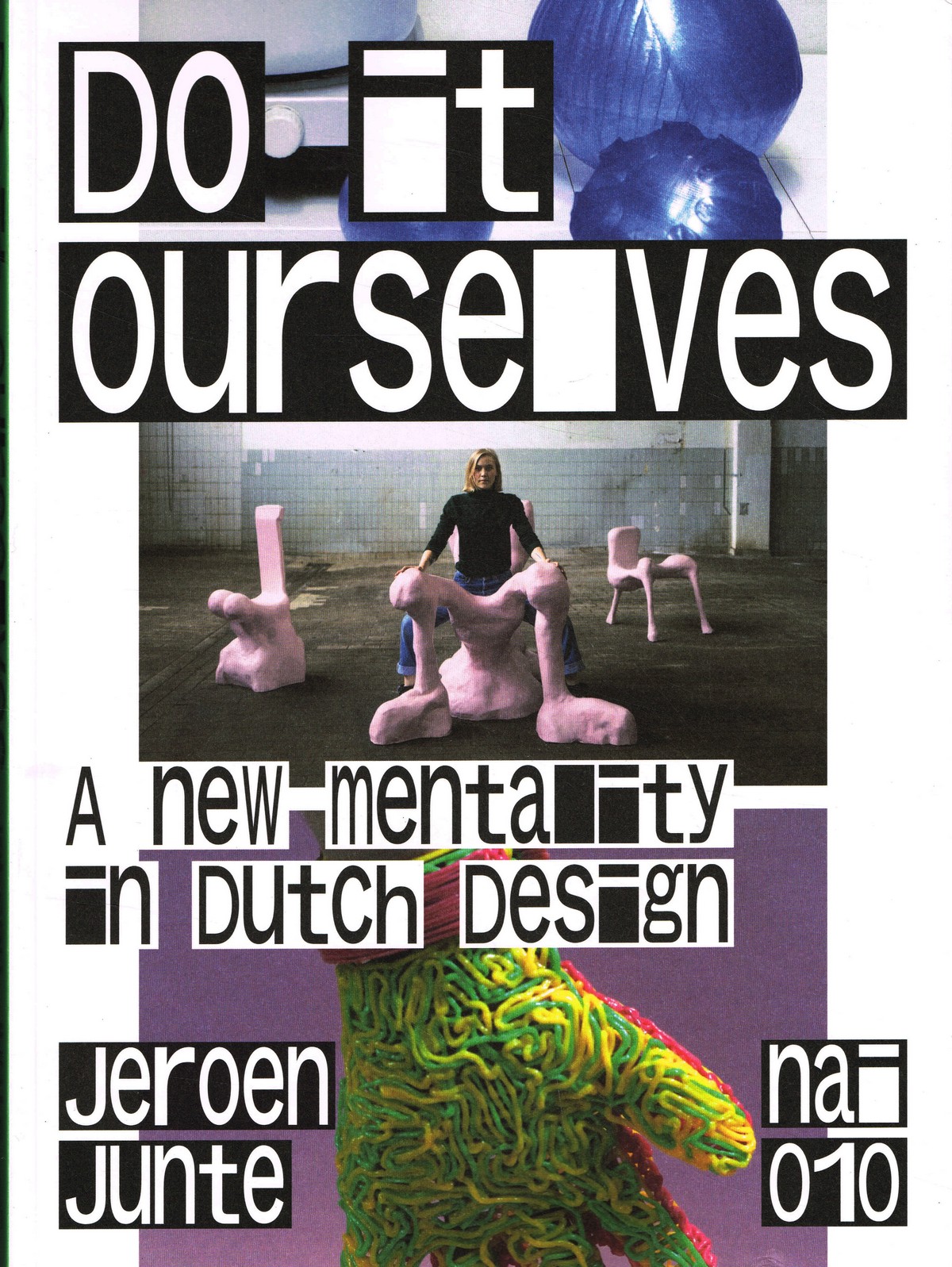
Jeroen Junte
Do It Ourselves
For English see below Nederlandse ontwerpers hebben de afgelopen jaren een scherpe koerswijziging doorgemaakt. De nieuwe lichting ontwerpers kiest nieuwe waarden en uitgangspunten en streeft door onderzoek en samenwerking naar maatschappelijke relevantie en impact. Deze 'post-crisisgeneratie' is bevlogen, optimistisch, maar ook pragmatisch met oog voor schoonheid. Humor en het concept als bijna obligate instrumenten zijn verruild voor engagement en vrij onderzoek. Ironie en beschouwende kritiek hebben plaatsgemaakt voor onbevangenheid en dadendrang. Ambacht en lokale productie worden onderzocht als een realistisch alternatief voor vastgelopen systemen. Naast kunst en design worden ook wetenschap, technologie, sociale studies en politiek gezien als speelvelden voor ontwerpers. Kortom, de nieuwste generatie ontwerpers zoekt naar een inhoudelijke verdieping van het vak en streeft naar een positieve bijdrage aan maatschappelijke vraagstukken. Designjournalist en?criticus Jeroen Junte beschrijft voor het eerst deze nieuwe fase in de ontwikkeling van het alom geprezen Dutch Design en voert de lezer langs 199 verrassende, innovatieve en verbazingwekkende projecten en producten. - English - In recent years, Dutch Design has sharply diverged from its previous course. A generation of designers trained in and shaped by the crisis years chose new values and starting points. The focus is now on inquisitive and collaborative makers who strive for social relevance and, if possible, impact. This 'post-crisis generation' is committed and optimistic, but also pragmatic and in possession of an eye for beauty. Humour and the almost inescapable concept have been exchanged for engagement and free research and irony and contemplative criticism for open-mindedness and the will to act. Craftsmanship and local production are examined as realistic alternatives to deadlocked systems of production and distribution. In addition to art and design, science, technology, social studies and politics are also seen as design arenas. In short, the latest generation of designers is looking to substantiate the content of the profession and make positive contributions to social issues. Well-known design writer Jeroen Junte is the first to describe this new stage in the development of the widely acclaimed Dutch Design, by way of 199 surprising, innovative, astonishing projects and products. Engelstalig boek nai010pap - 275 blz
kunst
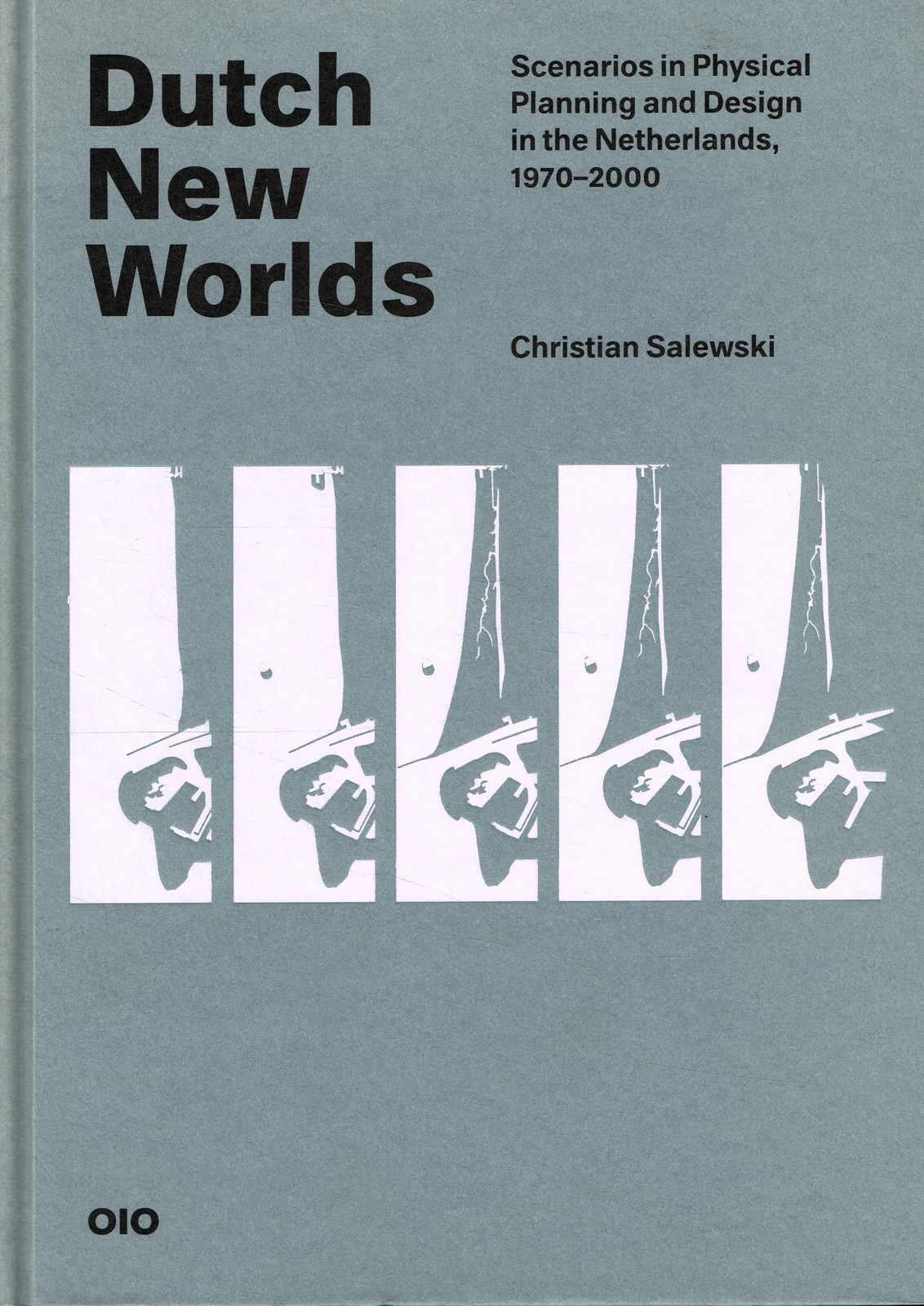
Christian Salewski
Dutch New Worlds
For English see below- Onze beslissingen geven vorm aan onze toekomst, maar we weten weinig over hoe. Om daar achter te komen, construeren planners en ontwerpers levendige beelden van wat zou kunnen zijn. Deze scenario's dienen als baanbrekers tussen verbeelding en rede. Eind jaren tachtig nam de elite van de Nederlandse planning en ontwerp scenario's op ongekende schaal om het publiek te overtuigen van hun ideeën. Maar de zoektocht om Nederland als geheel opnieuw vorm te geven mislukte jammerlijk. Hun poging ontketende echter een golf van nieuw denken over de toekomst en creëerde een enorm aantal spectaculaire beelden van de dingen die komen gaan. 'Dutch New Worlds' vertelt voor het eerst het verhaal van hoe scenariodenken stedenbouw en ruimtelijke ordening veranderde, vanaf het begin eind jaren zestig tot het hoogtepunt in de jaren negentig. Het laat zien hoe de meeste grootse scenarioprojecten op niets uitliepen door overambitie en misbruik. Het laat ook zien hoe scenario's vandaag de dag krachtige instrumenten blijven voor gericht en transparant ontwerpend onderzoek om betere steden en regio's te creëren. Verteld vanuit het perspectief van een architect en stedenbouwkundige, bevat deze ideeëngeschiedenis fundamentele lessen voor planners, ontwerpers en beleidsmakers - en voor onze volgende beslissingen die onze toekomst zullen vormgeven.-Our decisions shape our future, but we know little about how. To find out, planners and designers construct vivid images of what could be. These scenarios serve as path-breakers between imagination and reason. In the late 1980s, the elite of Dutch planning and design took scenarios to unprecedented scales to convince the public of their ideas. But the quest to reshape the Netherlands as a whole failed dismally. Their attempt, however, unleashed a wave of new thinking about the future and created an enormous number of spectacular images of things to come. Dutch New Worlds tells for the first time the story of how scenario thinking changed urbanism and physical planning, from its beginning in the late 1960s to its height in the 1990s. It shows how most grand scenario projects came to nothing because of overambition and misuse. It also shows how, today, scenarios remain powerful tools for focused and transparent design research to create better cities and regions. Told from the perspective of an architect and urbanist, this history of ideas holds fundamental lessons for planners, designers, and policy makers - and for our next decisions that will shape our future. nai010geb - 352 blz
kunst
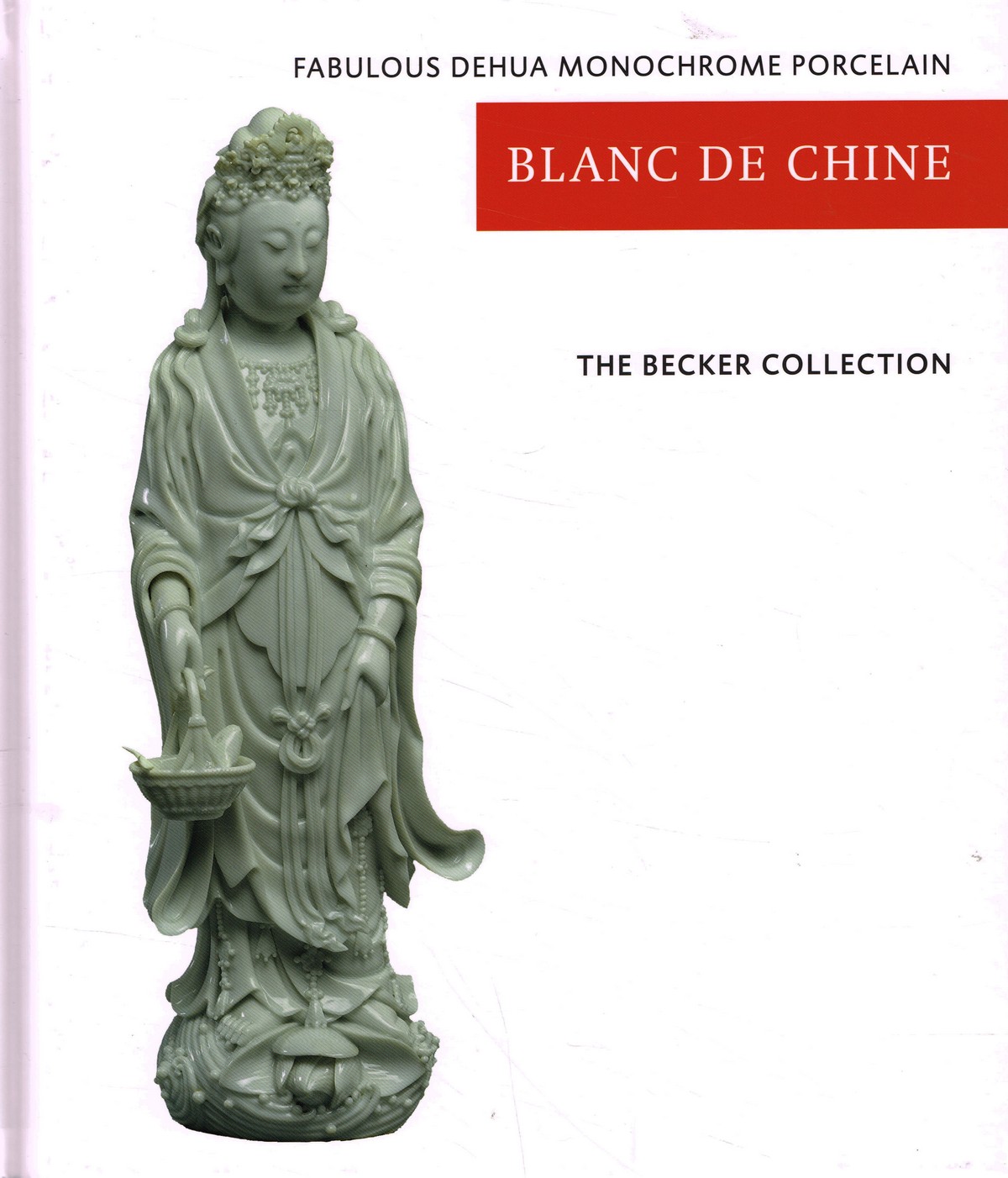
Ton & Mies Becker
Fabulous Dehua Monochrome Porcelain
Blanc de Chine' contains the private collection of monochrome porcelain from Dehua, collected by Ton and Mies Becker, both retired medical specialists and collectors of Asian Art. For many centuries the Chinese and Western elite adored the monochrome white porcelain wares made in Dehua, a district in the province of Fujian, bordering the south-easterly coast of China. The appeal being based on the combination of beautiful crafting and an aesthetic creamy glaze. It is this appeal which the authors experienced as an irresistible charm and the urge to start collecting this particular porcelain. A number of short essays has been included, not intended as an all-embracing academic account, but rather as introductory notes for those who develop an interest in collecting Blanc de Chine porcelain. These include considerations about the ?whiteness? of Blanc de Chine, the manufacture and main design categories of Blanc de Chine and the export to Europe. The catalogue of the collection is organised according to the main design categories and consists of photographs of each object, highlighting details if desired, a brief description of each item and explanatory notes to provide information about particular items that may need additional clarification, as well as the date of acquisition and provenance. Van Spijkgeb - 120 blz
